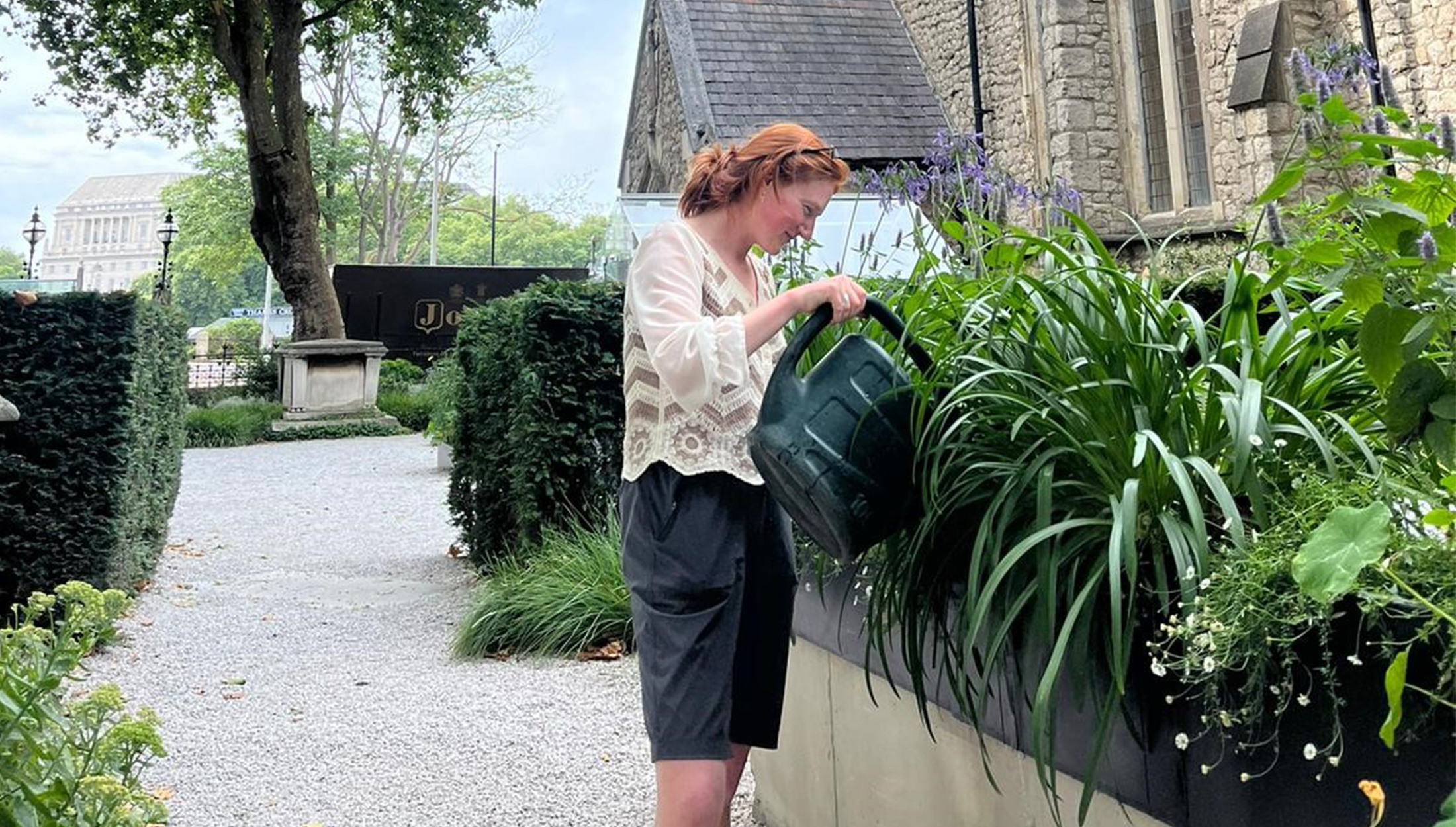As their horticultural traineeship at the Garden Museum comes to an end, Mattie O’Callaghan shares a look back at a year of abundance:
Out of the large barn window I can see a rich Irish meadow swaying in the soft drizzle, where dragonflies and bees hum past. I sit with a woolen blanket, coffee and a year full of memories of being at the Garden Museum and where it has taken me. I am starting to write this in June Blake’s Garden just outside Dublin, as part of my final placement, taking the time to reflect on how enriching and meaningful this year has been. My notebooks are stuffed full of plants, ideas, journeys, learnings, and names of friends I’ll hold close with me beyond my time as a Horticultural Trainee at the Museum. Here I’ll share just some of those moments.
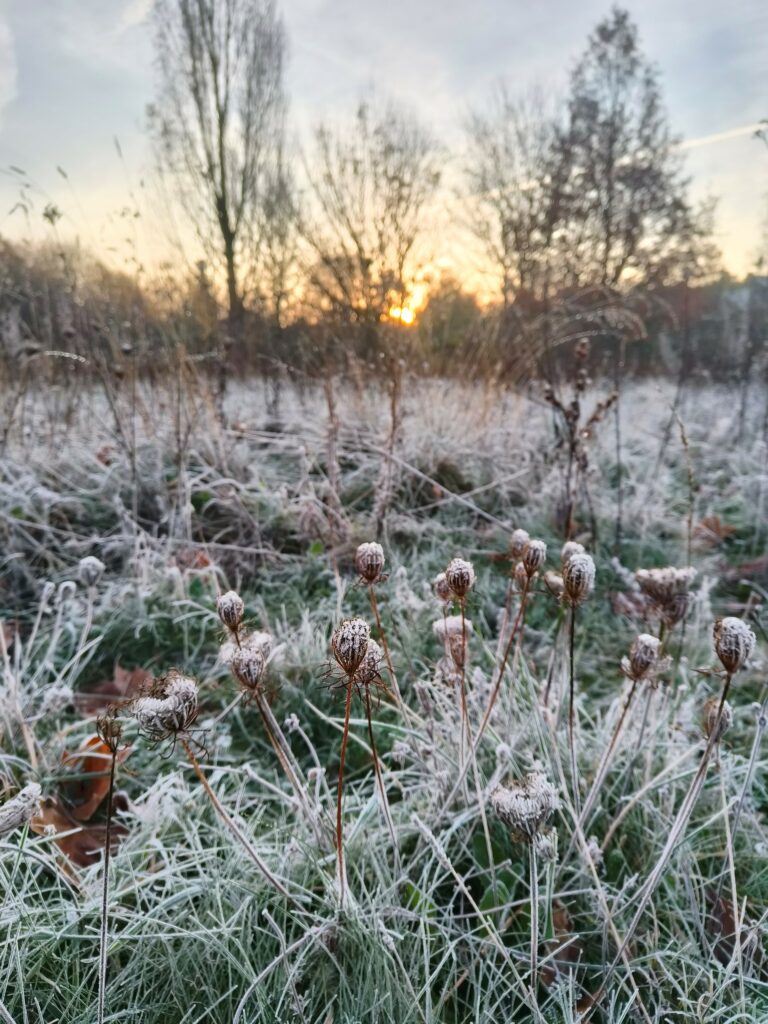
Morning Cycles Across Burgess Park
Each morning I followed the sunrise, cycling across Burgess Park passing by purple asters and long grasses which soon became golden statues as the sun fell further in the sky. Winters were bracing and entrancing, with frost sweeping across the park in a delicate shimmer. I felt each season turn as my pedals turned, and soon it was time to dispense with tightly wrapped scarfs and thick coats. Daffodils rose up out of the leaf litter, people began running and walking again in the brightening sky.
I watched park managers clear litter and care for the space, washing away traces of picnics and birthday parties under oak trees. In the last few weeks the grass has browned with the drought, but the cherry trees have been laden with fruit. Hands reach up to collect treats, summer bodies stretch out in the sun, and children run with holiday freedom. Soaked to the bone, frozen lips and sweaty limbs, but the cycling through the park has meant so much more than just a commute to work. Each little green network, an opportunity to be with the seasons for all to enjoy, has been an important reminder on each journey to the Museum.
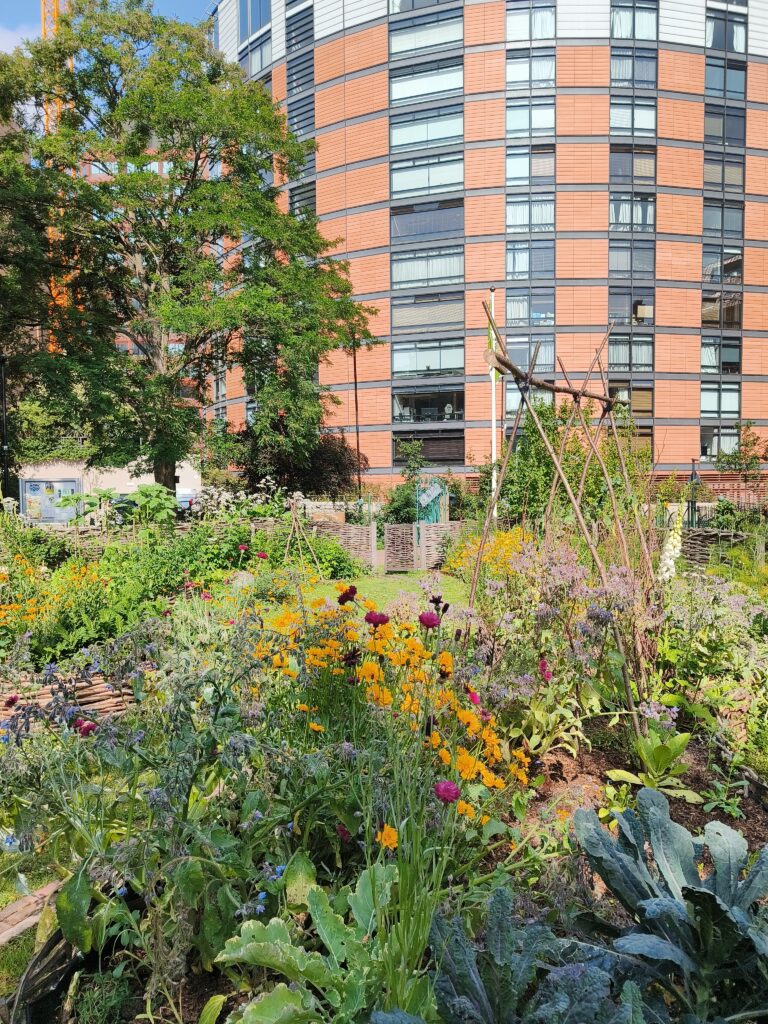
Evolution of the Healing Garden
Tucked away round the corner of the Museum lies the Healing Garden, always basking in sunshine even on the frostiest of days. Local residents are planting the tallest sunflowers in competition with local skyscrapers and digging up potatoes fit for Sunday roasts with family. A local nursery uses it at playtime and toddlers are running around chasing butterflies, eyes-wide open at the flowers and scents in the garden.
People come for peace and quiet, for a chit-chat with one of our gardeners. The garden is a carved out space, evolved over time with many hands making it. This year, each week with community gardener Selina we’ve been adding in edging with the volunteers, mulching, weeding, packing in bulbs, planting up, and harvesting vegetables. The garden will continue to grow, a pond is being made and I can’t wait to see it bursting with frogs, dragonflies, and people enjoying it all.
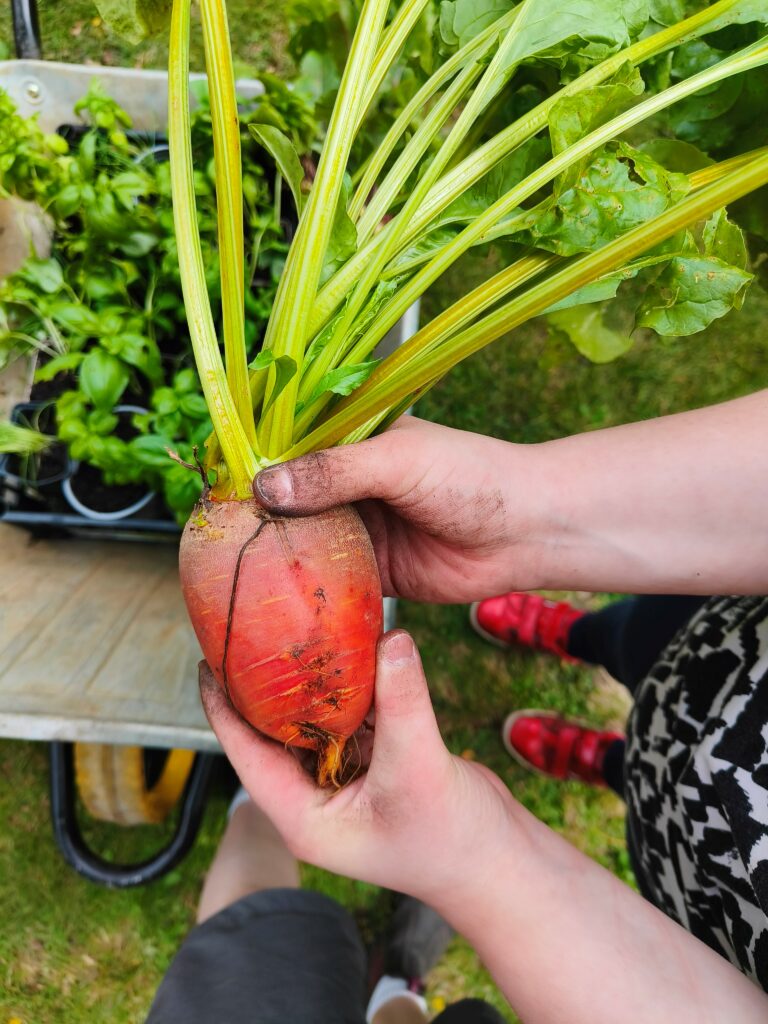
Sow, Grow, Eat
In the growing season teenagers join gardener Gabi and food educator Ceri to transform seeds into delicious meals. I had the pleasure of gardening with this wonderful group of teenagers as we sowed seeds, propagated herbs, watched bugs crawl into our hands and noticed the sunset hue of the beetroot, the taste of a golden raspberry, the scent of mint leaves. It slowed me right down, away from the endless productivity of gardening, into deeper, meaningful connections.
The teenagers learnt recipes to cook with their produce and we ate together, featuring homemade salads, home-made pizza with grown basil and tomatoes, and nasturtium flower cookies. In October we had a wonderful celebration with their parents and teachers, a time to feast on the abundance in the gardens.
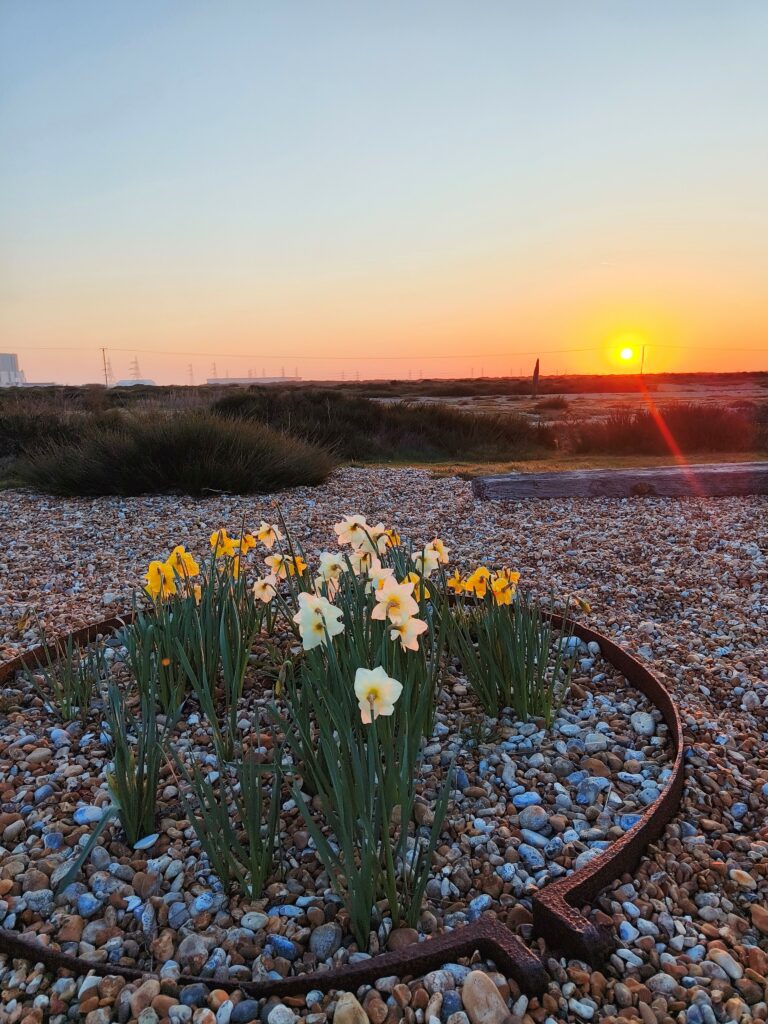
Sunsets in Dungeness
Wrapped in a thick woollen blanket I sat with the daffodils to say goodbye to the golden ball which slowly slipped beneath the shingle each night. The blue orange haze would stretch for miles until small stars arrived one by one. My first Dungeness sunset was among new and old friends cosied up in the Sunroom of Prospect Cottage with tea and biscuits. We were here as part of Johnny Bruce’s working weekends connecting to Derek Jarman and Keith Collin’s legacy by gardening and sharing this space together. For the other sunsets, I was alone for two weeks on residency, but with me I felt the warmth of Jarman’s cottage sheltering us from the wind, and all of the love from family, friends, and the gardening community right into the dark silent hours.
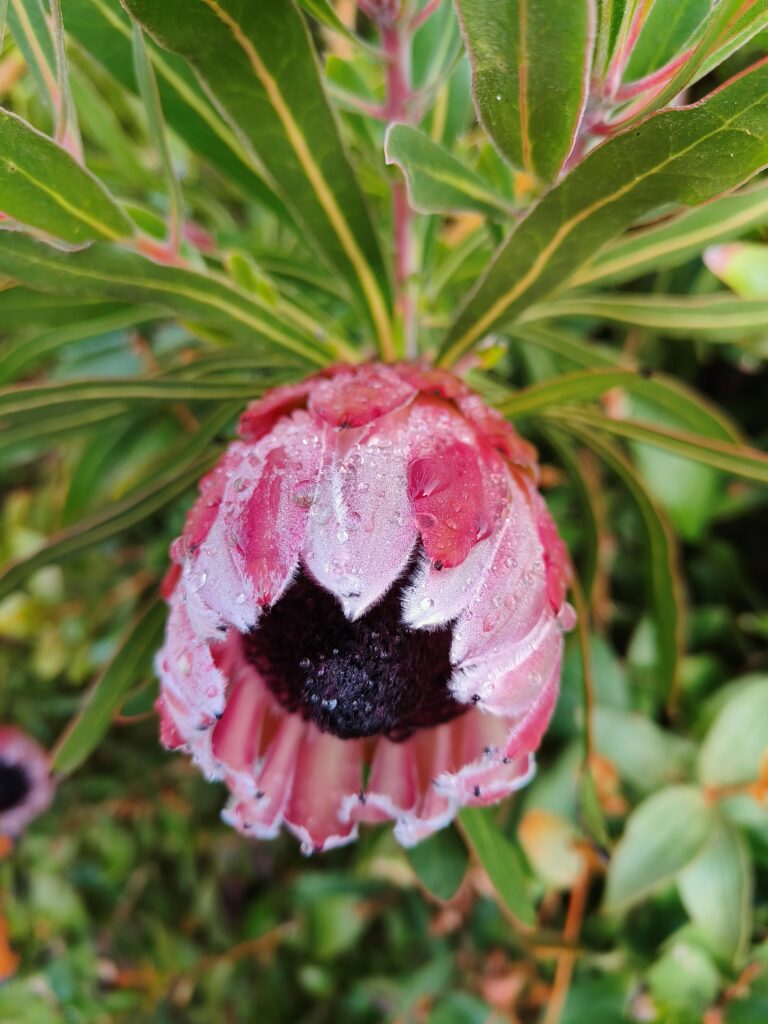
Learning unusual plants
The Museum is lucky to host some really interesting plants, owing their origins in the garden to the botanical collectors the Tradescants, which has been honoured by Dan Pearson’s designs and Matt Collins’ love of wild species. There was the feverish excitement of whether the Mexican Tree Dahlia (Dahlia tamaulipana) would give us its divine pink flourish amidst the December frosts – it was well worth the wait.
At Tresco Abbey Gardens, Proteas, giant Echiums, Aloes, Agaves, Heathers, and Ferns of all kinds filled every crack with lush foliage. At Huntingbrook Gardens Jimi Blake had filled rainforests with unusual Scheffleras from wild travels, Dahlias grown from seed, towering cacti and pseudopanax.
I twisted my tongue around Latin names, scribbled notes and found stories of how plants got from there to here. In my final weeks I sowed the seeds from Tresco which had been shared with me, Echium (Pride of Madeira), Watsonia ‘Tresco Hybrid’, and Puya chilensis left for the next Trainee to discover how they grow.
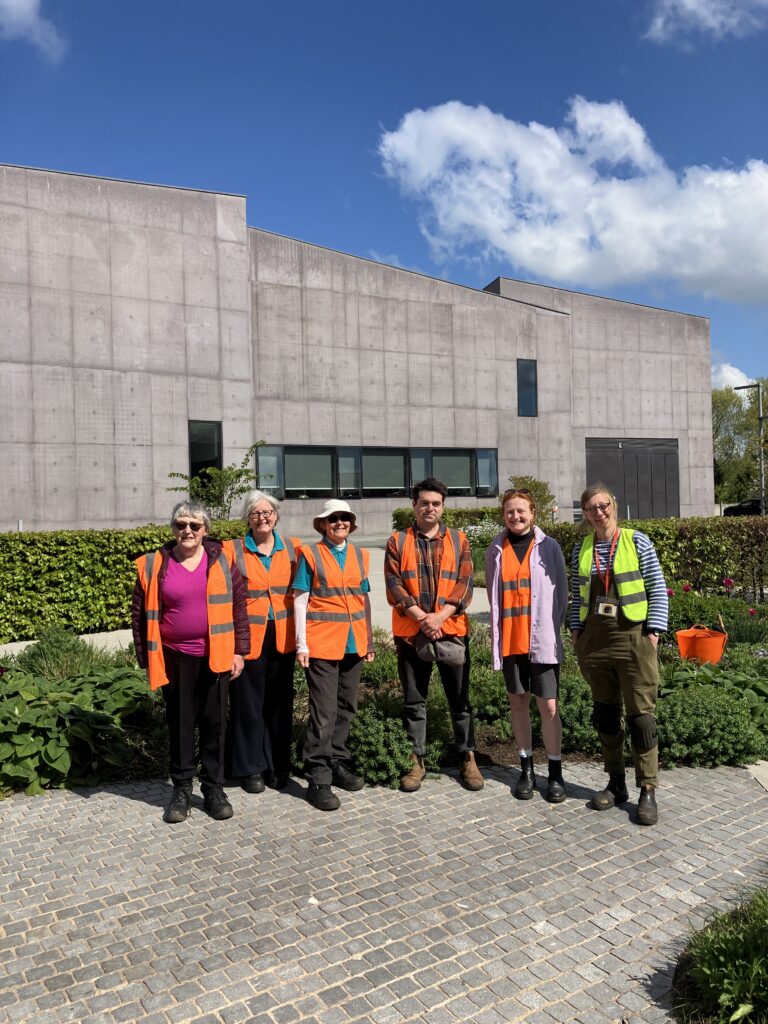
Valuing gardeners in public spaces
Growing plants in our cities is always an act of resistance, and at Hepworth Wakefield local people love the velvet tulips which pop out in pink and red drifts against the greyness of the town. Nurtured by Katy Merrington and a passionate team of volunteers, gardens like this have become vital community spaces, reducing isolation, offering beauty and biodiversity.
As the museum is planning its creation of Lambeth Green, gardeners will be working in increasingly public spaces offering not only good quality green space and horticultural interest, but as facilitators and care-takers of their local communities. In learning to take care of the land, we are also learning how to take care of ourselves and how supporting each other as gardeners can best support our local communities too.
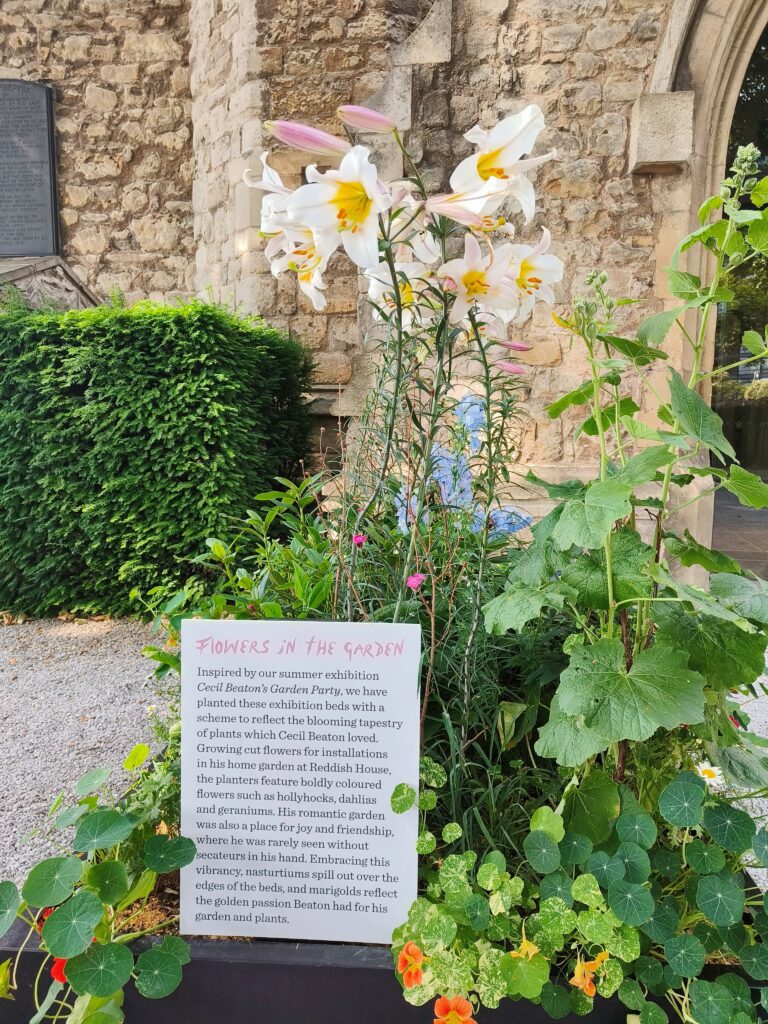
Designing the Cecil Beaton beds
As part of the traineeship I was tasked with designing the exhibition beds for the Cecil Beaton’s Garden Party exhibition. On a very wet October day myself and volunteer Richard planted green manure, including clover and foraged pea adding nutrients back in the soil. In spring we cut them down and dug them into the ground. Come May and the soil was rich, the nasturtiums we’d grown were overflowing in the greenhouse – Baby Rose, Arizona Mix, Gleam Salmon, Top Top Alaska Salmon, and Blue Pepe – it was time to celebrate Beaton’s love for plants.
I selected shrubs like Rhododendrons, Viburnums and Hydrangeas, Peonies, followed by towering Lilies, Delphiniums, and Hollyhocks. I mainly chose white flowers as Sir Roy Strong recalled that Beaton believed, ‘white flowers are the only chic ones’. The beds were then filled with Dianthus, Marguerites, Salvias, and Geraniums, referencing the romantic feel of Beaton’s Reddish House.
Beaton was openly gay at a time when it was not acceptable and his fluid expression through drag is expressed in the flamboyancy of his art and love for romantic and wild planting. The finale therefore included hot oranges, deep pinks, sun yellows of nasturtiums spilling out endlessly with all variations in leaf patterns. Beaton loved nasturtiums and even painted them in all their colourful glory.
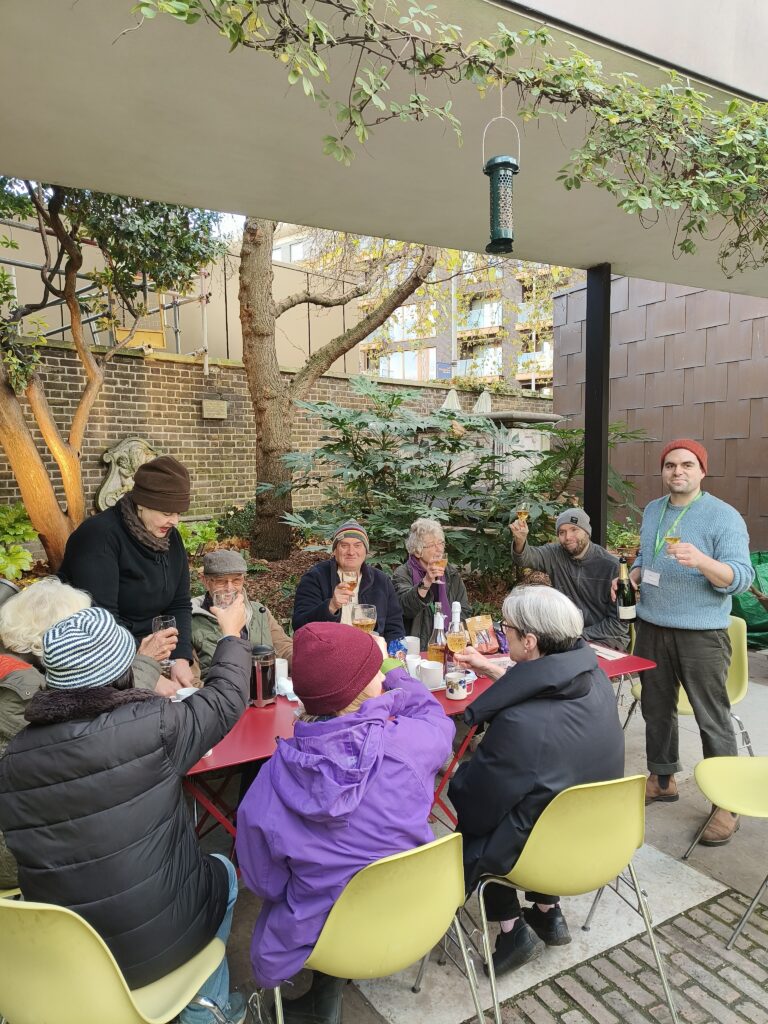
Coffee time with the volunteers
The best time of the week, always, is Tuesday coffee morning with the volunteers. After a few hours of working hard in the garden the sweet scents of coffee fills the air and we gather chairs and tables to all sit down together. Coffee, milk, biscuits, and tales from the week are passed around the table. In all weathers we have huddled, clasping hot mugs and watched the Courtyard Garden transform through the season. The volunteers are the heart of the garden team arriving each week in all weathers with lots of passion and energy. I’ll miss them a lot!
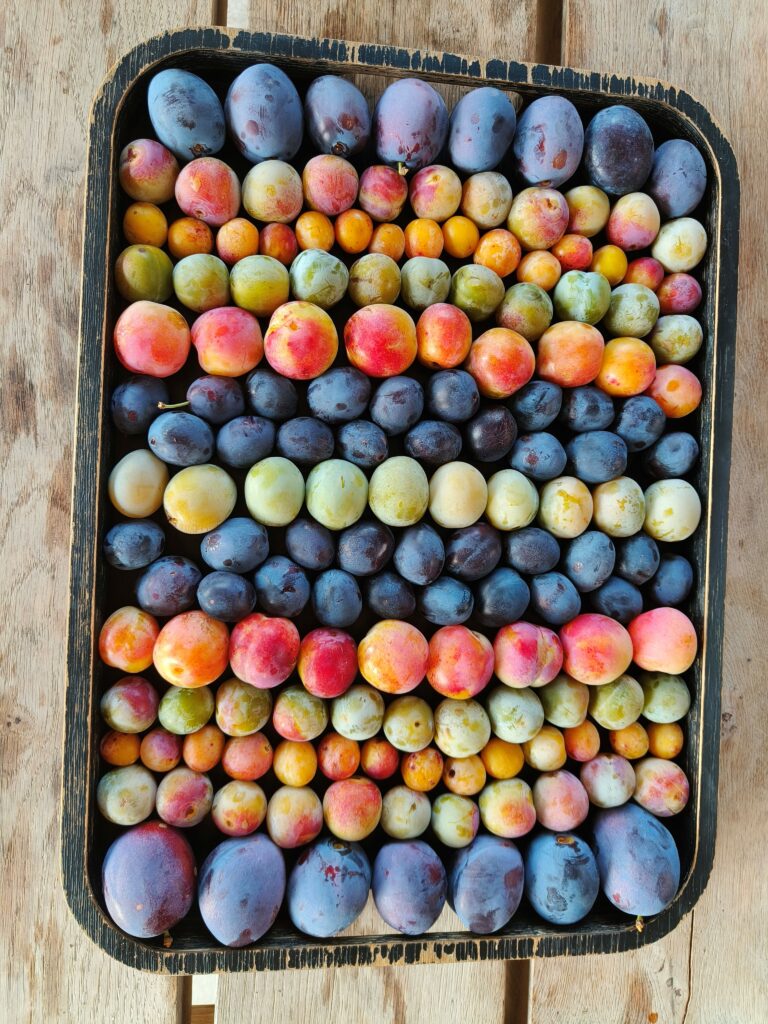
The generosity of the horticultural community
I got into gardening because every gardener that I met was so generous and welcoming, they taught me to fall in love with plants too. Every event at the museum, each symposium, working weekend, plant fair, garden visit has been a wonderful way to be part of that community and make some fantastic friends. My year finished with a gardeners tea party at Dan Pearson and Huw Morgan’s Hillside garden full of so many friends who have supported me, tables laden with cake, fruit and homemade cordials. I’ve since spent a few incredible days gardening at Hillside, learning how plants encourage us to be generous, and I brought home arms full of plums, inspiration and gratitude. It has really been the first community I’ve felt at home in and I can’t wait to pass all this on.
Follow Mattie on Instagram: @mattie.ocallaghan
Applications are open now for our next Horticultural Traineeship!
